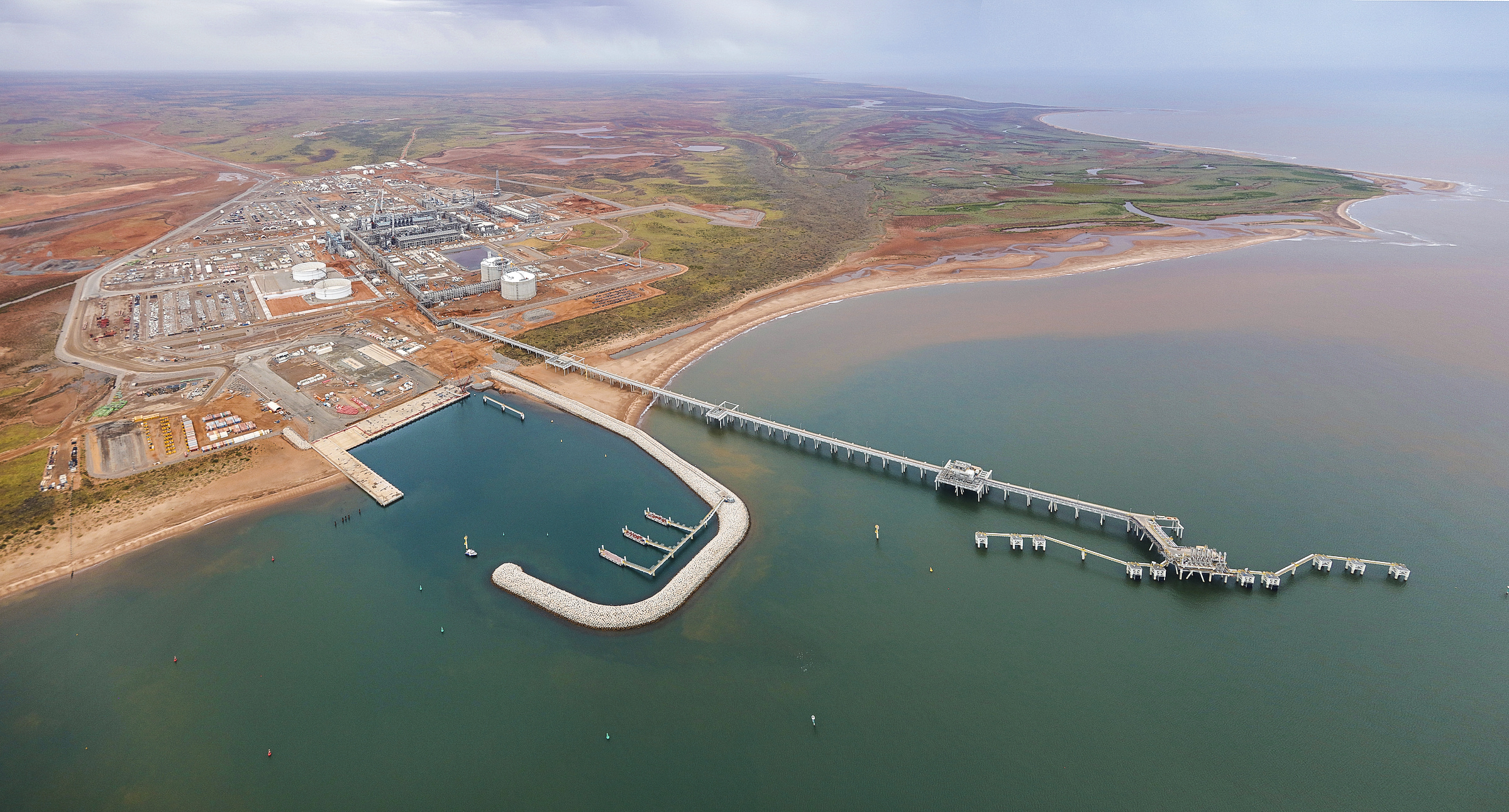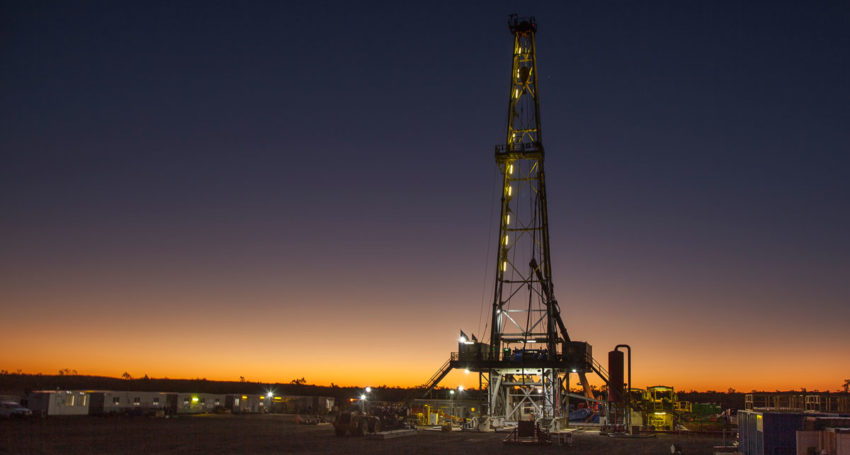Supermajor Chevron has posted more than double earnings for the second quarter of 2018 compared to the corresponding period a year earlier.
Boosted by soaring oil prices, the San Ramon-headquartered oil giant reported earnings of US$3.4 billion for the first three months of this year, corresponding with US$1.5 billion from the same period in 2017.
Sales and operating revenues during the second quarter of this year were US$40 billion, contrasting with US$33 billion a year ago.
“Second quarter earnings were up significantly from a year ago,” said Chairman and CEO Michael Wirth. “Results in 2018 benefited from higher crude oil prices, strong operations and higher production.”
“Our cash flow continues to improve with higher upstream margins and volumes, combined with disciplined spending,” Wirth added. “This enables us to initiate share repurchases, which are expected to be US$3 billion per year based on our current outlook.”
“We reached a milestone in Australia with the start of production from Wheatstone Train Two. All five trains in our Australian LNG projects are now operating.
“In downstream, Chevron Phillips Chemical Company LLC, the company’s 50% owned affiliate, ramped up its recently completed ethane cracker at Cedar Bayou to design capacity.
“We continue to make good progress with our portfolio optimisation efforts. In the second quarter, the company completed the sales of its upstream interests in the Elk Hills Field in California and the Democratic Republic of the Congo. Additionally, in July we announced our intent to market our U.K. Central North Sea assets.”
Giving a breakdown of its harvest, Chevron said international upstream operations earned US$2.46 billion in the second quarter of 2018, compared with US$955 million a year ago.
“The increase in earnings was mainly due to higher crude oil and natural gas realisations, and higher natural gas sales volumes, partially offset by higher operating expenses, lower crude oil sales volumes, and higher tax expenses,” the company said.
Significantly, foreign currency effects had a “favourable impact on earnings of US$221 million between periods. The average sales price for crude oil and natural gas liquids in second quarter 2018 was US$68 per barrel, up from US$45 a year earlier.
The average sales price of natural gas was US$5.64 per thousand cubic feet in the quarter, compared with US$4.39 in last year’s second quarter.”
Net oil-equivalent production totalling 2.09 million barrels per day in the second quarter of 2018 was up 8,000 barrels per day from a year earlier. Production increases from major capital projects, primarily Wheatstone and Gorgon in Australia, were partially offset by production entitlement effects in several locations, normal field declines and the impact of asset sales of 24,000 barrels per day.
The net liquids component of oil-equivalent production decreased 6% to 1.15 million barrels per day in the 2018 second quarter, while net natural gas production increased 10 percent to 5.64 billion cubic feet per day.
International downstream operations earned US$181 million in second quarter 2018, compared with US$561 million a year earlier.
“The decrease in earnings was largely due to lower margins on refined product sales, in part due to negative inventory effects, partially offset by lower operating expenses,” Chevron said.
The sale of the company’s Canadian refining and marketing business in the third quarter of 2017 contributed to the lower margins and operating expenses. Foreign currency effects had a favourable impact on earnings of US$41 million between periods.
Refinery crude oil input of 739,000 barrels per day in the second quarter of 2018 increased 13,000 barrels per day from the year-ago period, mainly due to the absence of the 2017 crude unit maintenance at the Star Petroleum Refining Company in Thailand and GS Caltex in South Korea, partially offset by the sale of the company’s Canadian refining asset in third quarter 2017.
Total refined product sales of 1.48 million barrels per day in the second quarter of 2018 were up 2% from a year-ago, “primarily due to higher fuel oil and jet fuel sales, partially offset by lower gasoline and diesel sales”.
Cash flow from operations in the first six months of 2018 was US$11.9 billion, compared with US$8.7 billion in the corresponding 2017 period. Excluding working capital effects, cash flow from operations in 2018 was US$14.2 billion, compared with US$10.0 billion in the corresponding 2017 period.
Capital and exploratory expenditures in the first six months of 2018 were US$9.2 billion, compared with US$8.9 billion in the corresponding 2017 period. The amounts included US$2.7 billion in 2018 and US$2.1 billion in 2017 for the company’s share of expenditures by affiliates, “which did not require cash outlays by the company”.
Chevron said expenditures for upstream represented 88% of the companywide total in the first six months of 2018.





